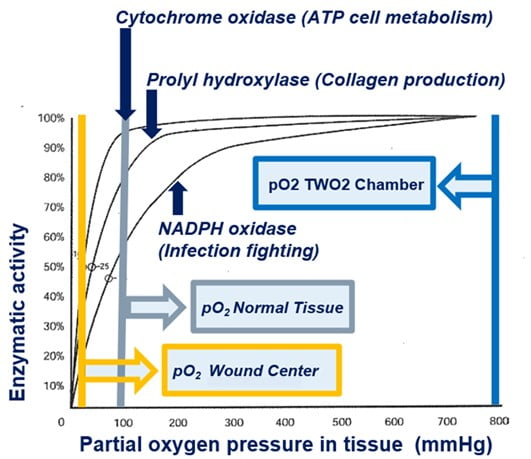Normal
0
false
false
false
EN-US
X-NONE
X-NONE
/* Style Definitions */
table.MsoNormalTable
{mso-style-name:”Table Normal”;
mso-tstyle-rowband-size:0;
mso-tstyle-colband-size:0;
mso-style-noshow:yes;
mso-style-priority:99;
mso-style-qformat:yes;
mso-style-parent:””;
mso-padding-alt:0in 5.4pt 0in 5.4pt;
mso-para-margin-top:0in;
mso-para-margin-right:0in;
mso-para-margin-bottom:10.0pt;
mso-para-margin-left:0in;
line-height:115%;
mso-pagination:widow-orphan;
font-size:11.0pt;
font-family:”Calibri”,”sans-serif”;
mso-ascii-font-family:Calibri;
mso-ascii-theme-font:minor-latin;
mso-hansi-font-family:Calibri;
mso-hansi-theme-font:minor-latin;
mso-bidi-font-family:”Times New Roman”;
mso-bidi-theme-font:minor-bidi;}
Diabetic foot ulcers, common and potentially serious complications of diabetes, demand specialized attention and tailored care to facilitate healing, prevent infections, and preserve limb function. Addressing these ulcers requires a meticulous approach encompassing various interventions and ongoing management.
Key facets integral to managing diabetic foot ulcers include:
- Thorough Assessment and Diagnosis: Early identification and comprehensive assessment of foot ulcers, considering factors like neuropathy, vascular status, and wound characteristics, guide treatment strategies and risk assessment.
- Wound Bed Preparation and Debridement: Effective wound bed preparation through debridement, removing dead tissue, and ensuring a clean wound environment is crucial. This step sets the stage for healing and prevents further complications.
- Specialized Wound Care Treatments: Utilization of advanced therapies like bioengineered skin substitutes, growth factor treatments, and negative pressure wound therapy (NPWT) can expedite healing, promote tissue regeneration, and mitigate infection risks.
- Comprehensive Diabetes Management: Integrating ulcer care with comprehensive diabetes management, including glycemic control, foot care education, and lifestyle modifications, addresses underlying factors contributing to ulcer development.
Collaboration among a multidisciplinary team comprising podiatrists, wound care specialists, endocrinologists, nurses, and vascular surgeons is paramount. Their collective expertise ensures a holistic approach, addressing not only the wound but also the systemic factors affecting healing.
Diabetic foot ulcers often impact a patient’s quality of life and require diligent care beyond physical healing. Patient education on preventive measures, foot care practices, and early warning signs empowers individuals to actively participate in managing their condition.
Investments in research and advancements in diabetic foot ulcer care signify a commitment to improving patient outcomes and reducing the burden of chronic wounds. Ongoing innovations aim to enhance treatment efficacy, reduce healing times, and prevent severe complications.
Managing diabetic foot ulcers embodies the convergence of specialized knowledge, empathy, and perseverance, aiming not only to heal wounds but also to improve the quality of life for individuals navigating the challenges of diabetes-related complications.


